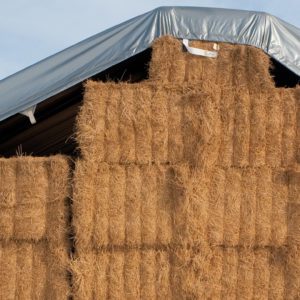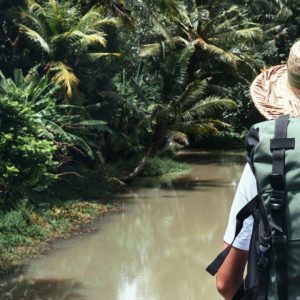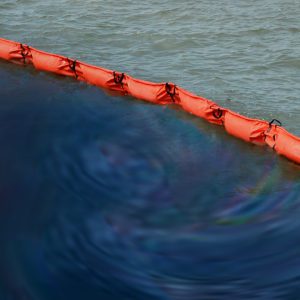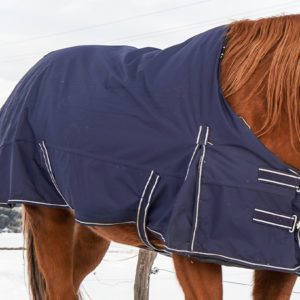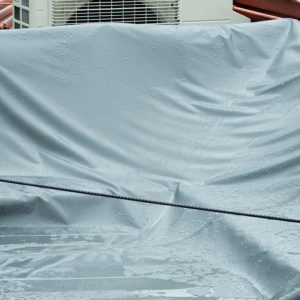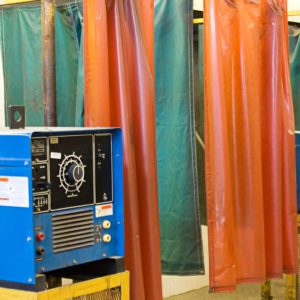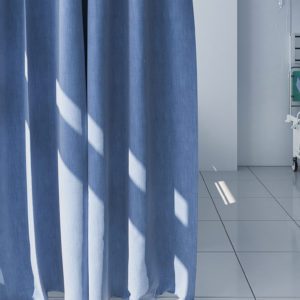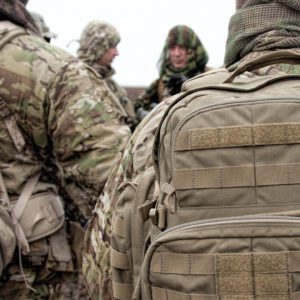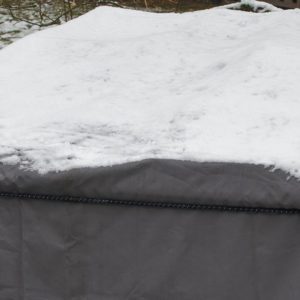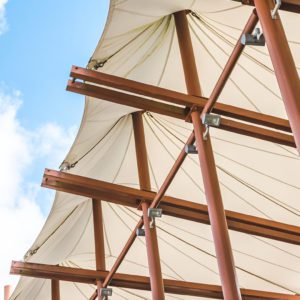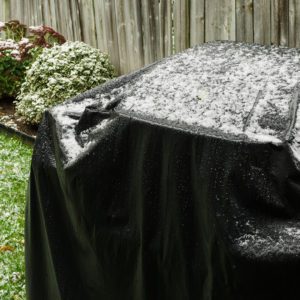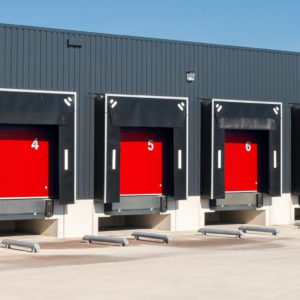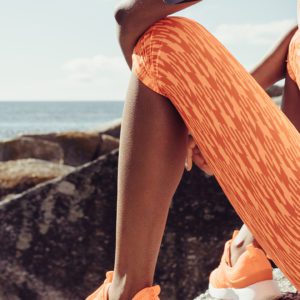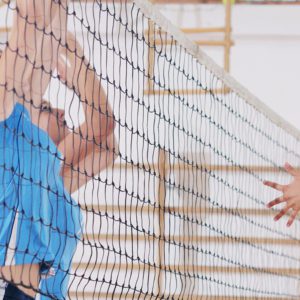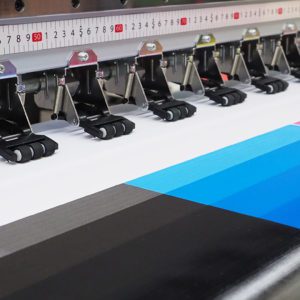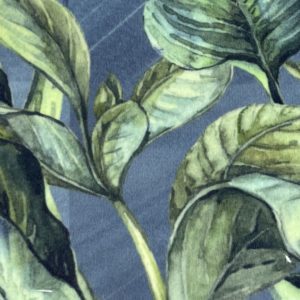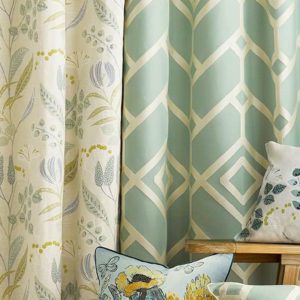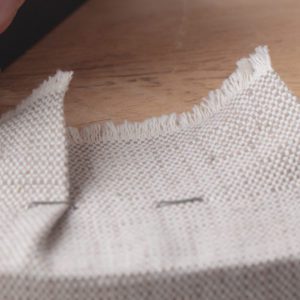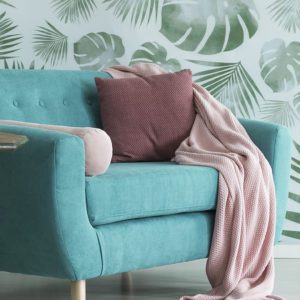Fabric Finishing Basics Overview
Understanding the different types of fabric finishes gives you an advantage when the time comes to determine the best fabrics for your application. The various types of fabric finishes play a crucial role in the textile industry. Fabric finishes enhance the appearance, performance, and durability of textiles and can be applied to both natural and synthetic fibers. TVF offers many different finishes, including water repellents, fire retardants, antimicrobial, and UV resistance.
What are the most popular textile finishes?
There are many different types of fabric finishes offered in the textile industry, however, the most popular finishes TVF offers are:
- DWR (Durable Water Repellent) – makes textiles water-resistant and preventing the fabric from becoming saturated.
- FR (Flame Retardant) – refers to a finish applied to textiles to make them more resistant to fire or slow down the spread of flames.
- Anti-Microbial – designed to prevent the growth of microorganisms, such as bacteria and viruses, on the surface of textiles. This type of fabric finish can be particularly useful in healthcare settings, where preventing the spread of infection is a top priority.
- Anti-Fungal – designed to prevent the growth of fungi, which can cause odors and discoloration in fabrics. This textile finish can be applied to a range of fabrics, from clothing to upholstery.
- Anti-Mildew – designed to prevent the growth and spread of mold and mildew on fabrics. Mildew is a type of fungus that thrives in damp and humid environments, and can cause discoloration, odor, and damage to fabrics.
- UV Inhibitors – applied to textiles to protect them from the damaging effects of UV radiation from the sun. This type of fabric finish is commonly used in outdoor textiles, such as awnings, outdoor furniture, and tents.
What are the advantages and drawbacks fo fabric finishes?
Flame Retardant (FR) Finish Benefits:
- Reduces flammability of the textile, making it safer in high-risk settings
- Can meet regulatory requirements for flammability in certain applications • Can be applied to a wide range of textiles
Flame Retardant (FR) Finish Drawbacks:
- Can affect the hand or feel of the fabric, making it stiffer or less comfortable
- Added cost
- May add weight
DWR (Durable Water Repellent) Finish Advantages:
- Makes textiles water-resistant and prevents them from becoming saturated
- Can extend the lifespan of outdoor textiles by preventing moisture damage
- Protects against oils, chemicals and soil
DWR (Durable Water Repellent) Finish Drawbacks:
- May require reapplication or maintenance to remain effective
- Some types of DWR finishes may contain chemicals that are harmful to the environment or human health (PFAS)
- May decrease ability to add FR
- Added cost
Anti-Fungal Finish Advantages:
- Prevents growth of fungi, which can cause odors and possible discoloration in textiles
- Can extend the lifespan of textiles exposed to moisture or damp conditions • Can be applied to a wide range of textiles
Anti-Fungal Finish Drawbacks:
- May not be effective against all types of fungi or in all settings
- Added cost
Anti-Microbial Finish Advantages:
- Prevents growth of bacteria and other microorganisms on the fabric
- Can help prevent the spread of infection in healthcare settings
- Can be applied to a wide range of textile
Anti-Microbial Finish Drawbacks:
- May not be effective against all types of bacteria or in all settings
- Added cost
UV Inhibitor Finish Advantages:
- May protect textiles from damage caused by UV radiation from the sun
- May extend the lifespan of outdoor textiles exposed to the sun • Can be applied to a wide range of textiles
UV Inhibitor Finish Drawbacks:
- May not be very effective against all types of UV radiation depending on yarn and dye used
- Added cost
- Does not increase color fastness to light
What Is the Difference Between Fabric Dyeing and Finishing?
Fabric dyeing involves applying color to the textile to create a specific shade or pattern. Dyes can be applied using various methods, including exhausted or padded. The purpose of dyeing is to create a permanent color on the fabric.
Fabric finishing involves applying various treatments to the textile after being dyed to enhance its properties and characteristics. Finishing treatments can include mechanical or chemical processes to improve the texture, strength, durability, and other properties of the fabric. The purpose of textile finishing is to create a fabric with specific properties that meets the needs of a particular application.
In simple terms, dyeing is about adding color to the textile, while finishing is about enhancing the fabric’s properties and characteristics after it has been dyed.
